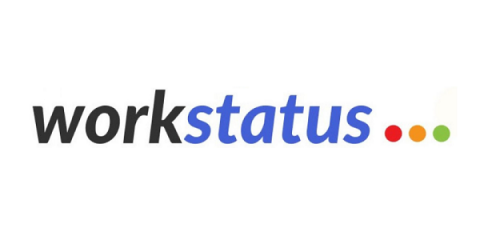What is employee monitoring? A clear and simple guide
Employee monitoring is the process of tracking team members’ attendance and activity while they’re on the clock. Whether you oversee a remote, hybrid, or field team, you need a reliable system to gather data, such as: Monitoring teams manually requires a lot of time and oversight. However, with the right employee tracking tools, you can measure team performance automatically so everyone works more efficiently.










